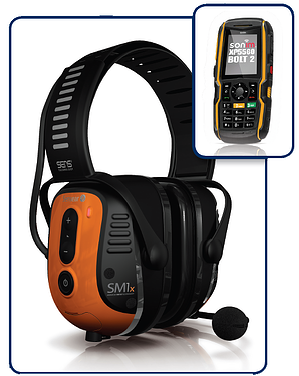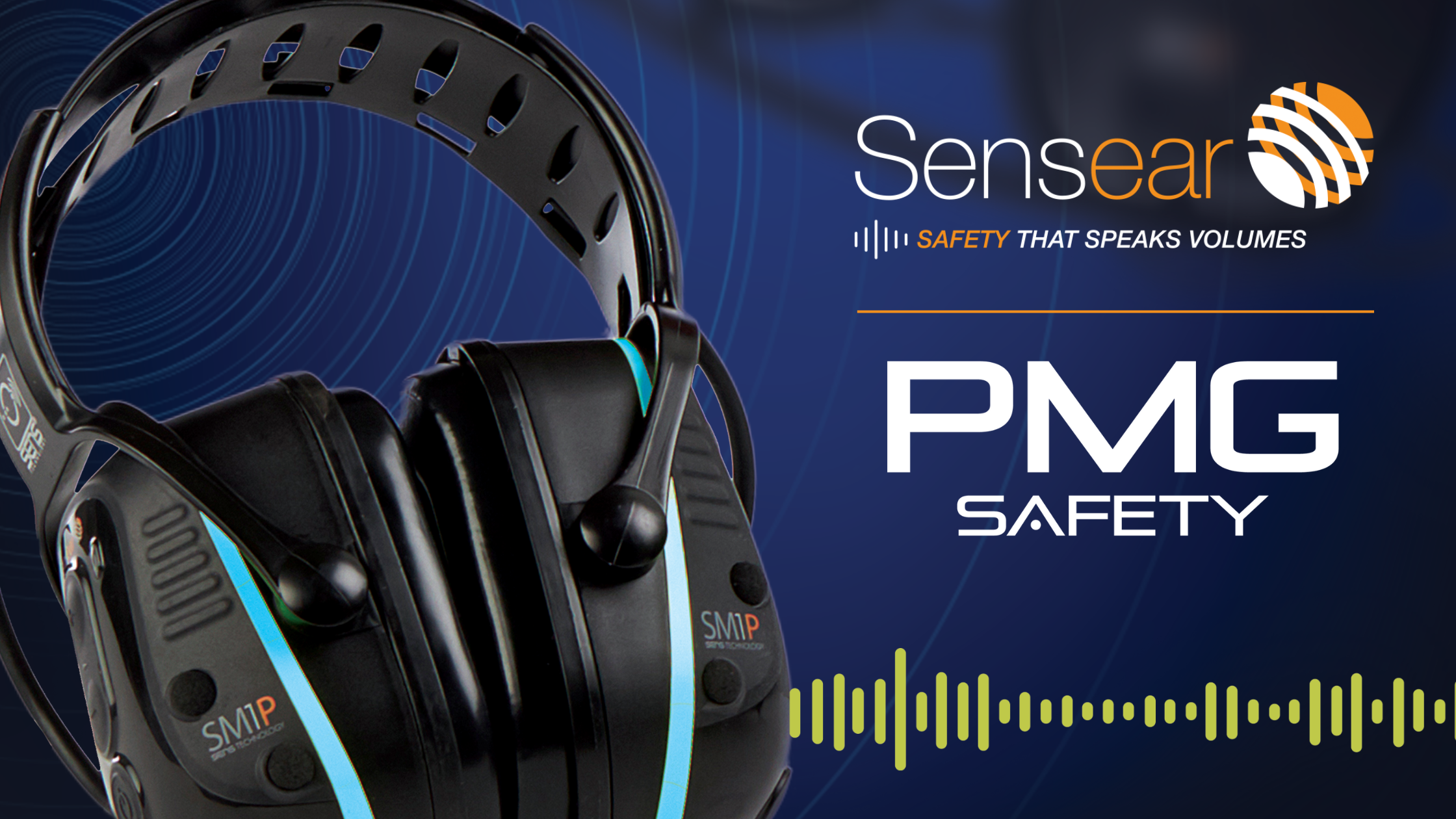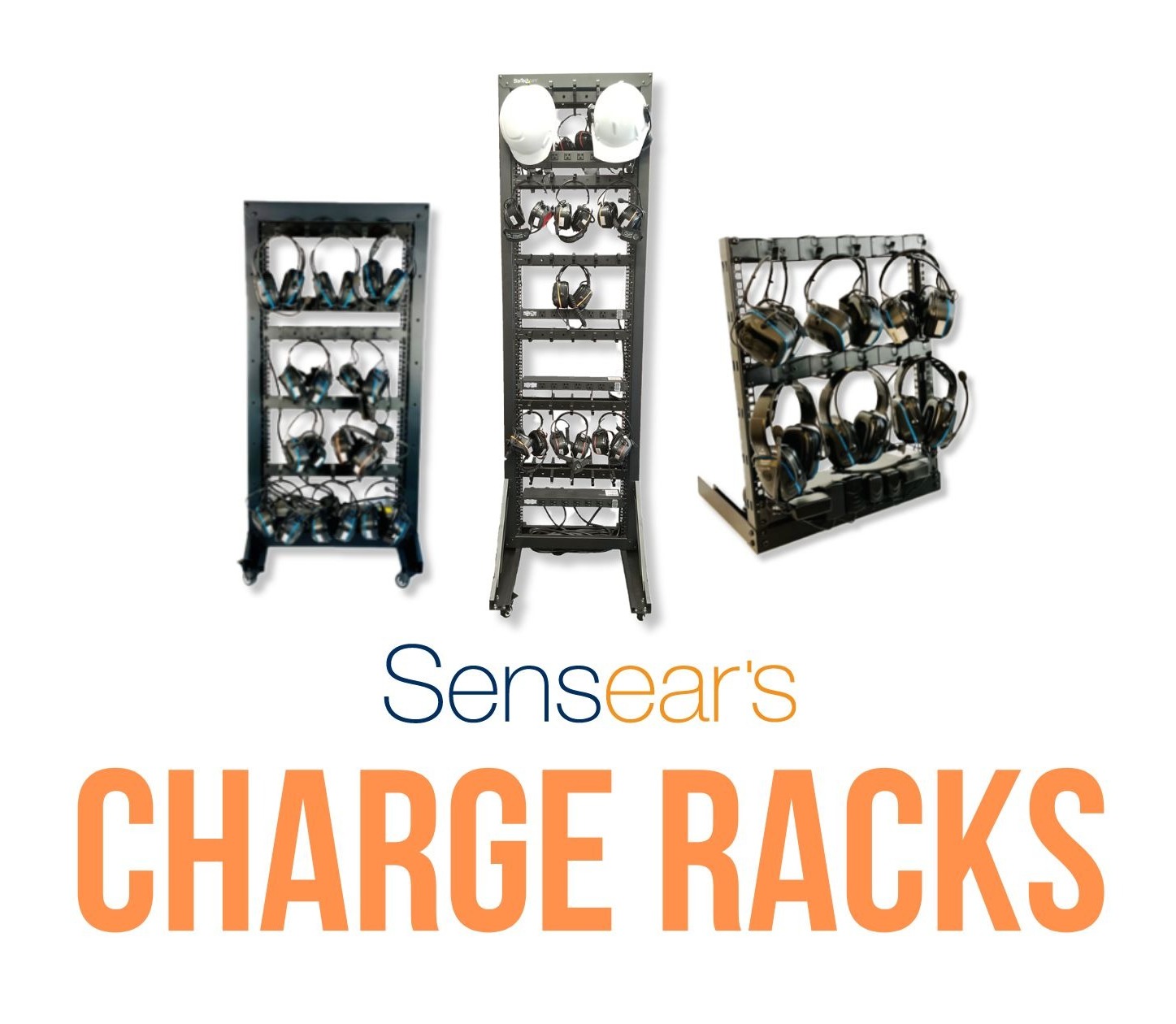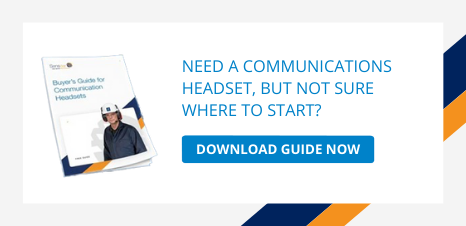According to Oil & Gas IQ, energy industry CIOs rank mobile technology as the 2nd highest priority in the last year. In fact, 55% of respondents felt it would greatly enhance their operations, however, only 16% have employed a mobility strategy so far. Mobility is becoming an enterprise requirement, as a means to increase productivity and maintain communications. In the industrial arena, however, your everyday off-the-shelf smartphone can’t withstand the beating these devices can be subject to.
Enter ruggedized devices. Numerous manufacturers have built phones which can withstand these drastic environments.
These phones are great, but in industrial environments, you’re also concerned with hearing protection. So, how do you provide:
- The ability to communicate on the ruggedized phone, while...
- Protecting hearing, and at the same time, and...
- Providing a solution that still maintains the ability for situational awareness?
 Why Communications are so Important in Industrial Environments
Why Communications are so Important in Industrial Environments
There are obviously numerous and very real hazards in heavy industry. The sense of hearing is critical to keeping employees safe from many of those hazards. For instance, if a vehicle is approaching, the employee needs to be able to hear the audible cues of the vehicle’s proximity and direction to get out of harm’s way. In addition, very few jobs exist in total isolation, so the employee needs the ability to communicate with other individuals face-to-face and/or via two-way radio, cell phone, or another type of communication system.
Why the Environment is so Bad in the Heavy Industry
Industrial environments, by their very nature, are extremely noisy. Noise not only causes hearing impairment at long-term exposures but it’s been proven that noise can also cause stress and other physiological problems. Then there are the issues with communication over that noise. Factor in a harsh, dusty, dirty location and the need to use a mobile device that’s impervious to those elements, and you’ve got yourself a multi-faceted issue.
Why Go with Mobile Phones in the First Place?
Setting up a communications system requires extensive — and expensive — infrastructure, not to mention the cost of running and maintaining the network. Because of this, the deployment of ruggedized phones which utilize commercially available mobile networks is an extremely efficient and cost-effective alternative to building your own network.
Should you require ruggedized phones in high-noise environments, be sure you have communication headsets that can connect to those devices. The pairing of a good communication headset with a ruggedized smartphone provides your workers with adequate hearing protection, situational awareness, and clear communications with the party on the other end of the phone.
Sensear has built a cable package that connects our headsets to a variety of devices, including many of these ruggedized phones. For more information, contact Sensear to talk to a high-noise communication specialist.
Follow Sensear and always be in the know.
Follow @HearSensear








